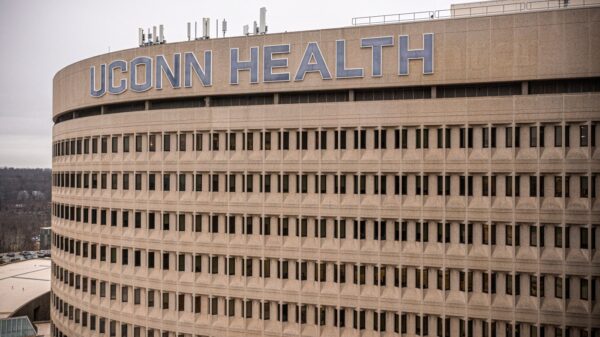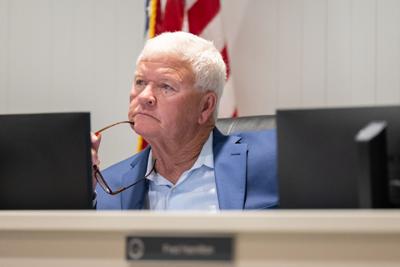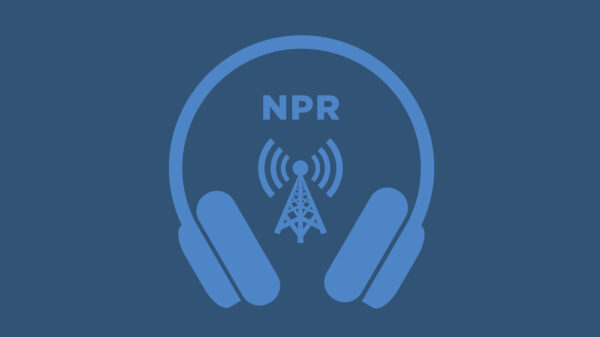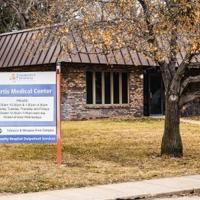The closure of the Curtis Medical Center last week underscores the immediate consequences of recent budget cuts enacted by the U.S. Congress. This decision coincided with the House of Representatives’ final approval of President Donald Trump’s significant tax reform bill, which is projected to increase the national debt by $3.3 trillion. The legislation extends tax cuts for affluent individuals while reducing funding for social programs, notably Medicaid, which faces a $1 trillion budget cut that will adversely affect over 350,000 low-income and elderly residents in Nebraska.
Representatives from Nebraska, including Adrian Smith, Mike Flood, and Don Bacon, voted in favor of the budget despite warnings from the Nebraska Rural Hospital Association. The association cautioned that the financial changes could jeopardize more than 20 maternal care wards and inpatient mental health facilities in the Panhandle region. Within two years of these cuts, it is expected that up to six rural hospitals may be forced to close.
The Curtis Medical Center, which had been serving the southwest Nebraska community for over 50 years, became the first casualty of these anticipated budget cuts. In a statement defending his decision to support the Trump administration’s plan, Smith pointed out that the bill allocates $50 billion for rural health providers. Critics, however, argue that this amount is merely a temporary measure and insufficient to counterbalance the extensive cuts to rural healthcare.
The ramifications of the budgetary changes extend beyond healthcare. The Trump administration has also frozen $28.6 million in federal grants intended for educational programs aimed at enhancing student achievement, improving language skills for English learners, and funding after-school initiatives in low-income communities. This freeze has caught Nebraska’s congressional delegation off guard and has left school officials uncertain about the upcoming academic year. If the freeze becomes permanent, it could have dire consequences for some of the state’s most vulnerable children.
Interestingly, Gov. Jim Pillen supported the freeze, which appears to contradict his professed commitment to prioritizing the welfare of children in Nebraska. His assertion that these educational programs are part of an “ideological agenda” lacking impact on student outcomes has drawn criticism from various stakeholders who believe these resources are essential for supporting disadvantaged youth.
As the fallout from these budget cuts unfurls, the long-term implications for both healthcare and education in Nebraska remain a pressing concern. The closure of the Curtis Medical Center serves as a stark reminder of the real-world impacts of legislative decisions on local communities.






















































